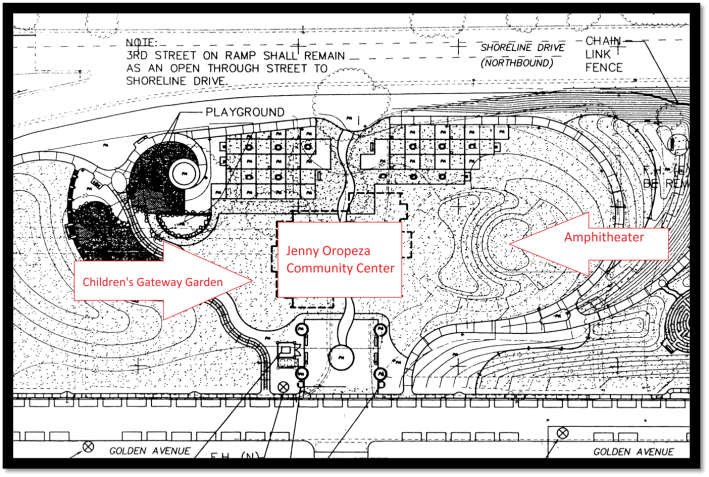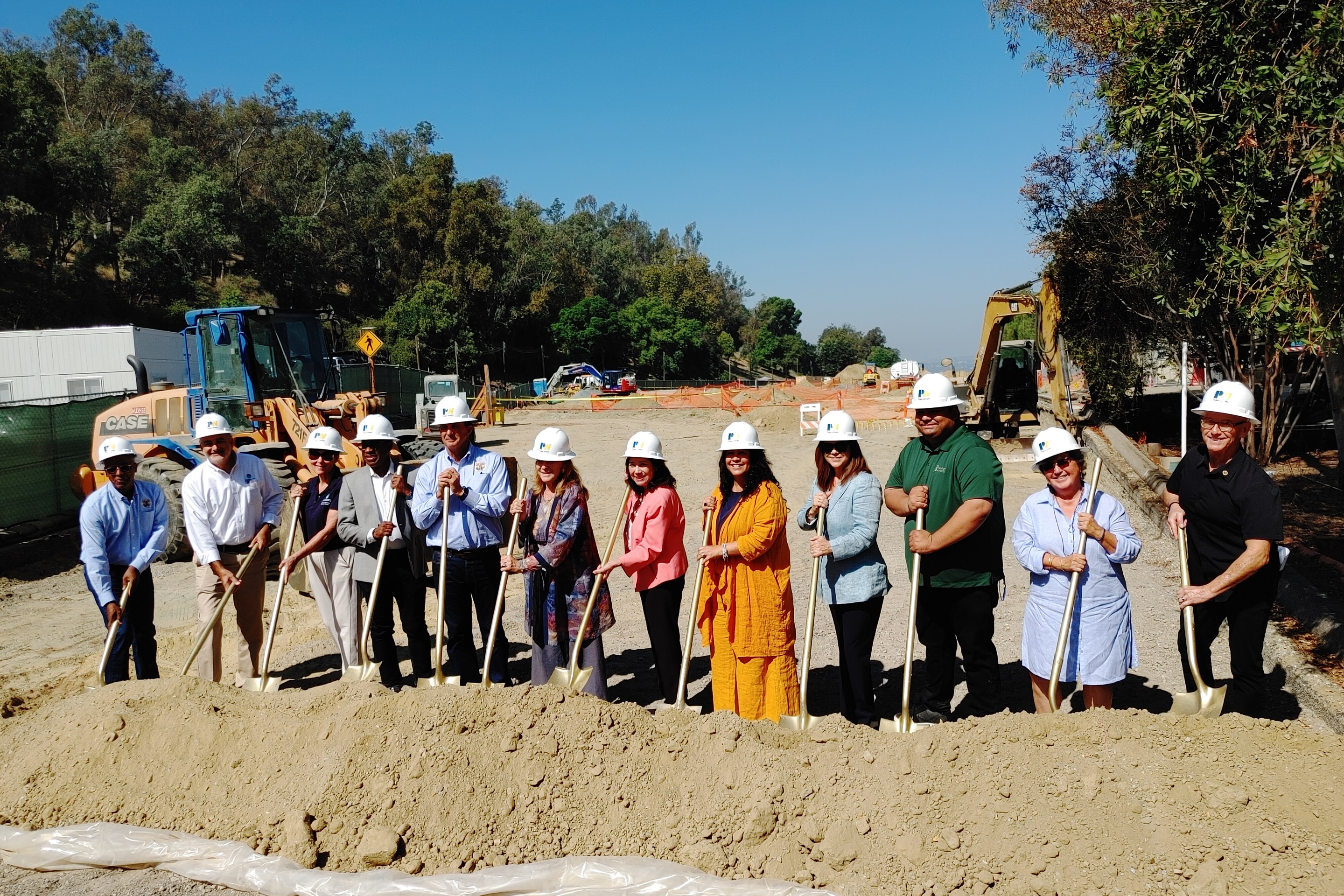(Editor's Note: The Simple Art of Beautification Part I can be found here.)
Talk to anyone who has lived in Long Beach for a bit and—whether one gripes about or praises this particular characteristic—this city is always described as a "little-big city," essentially meaning that though the city houses over a half-million people, the engagement one can partake in can seem intimate and small town-like.
Partners-for-life Kathleen Irvine and Jim Danno exemplify this Long Beach aura in the non-pejorative sense: like Eric Gray, they saw something that they felt could use some sprucing up and opted to do something about it.
Several years ago, Kathleen and Jim joined the Willmore City Heritage Association (WCHA)—the neighborhood affiliate of one of Long Beach's most revered historic districts and where the city was founded—before they even moved here. Their involvement with this organization—along with a keen eye for things that can be restored—eventually convinced them to buy a home on Daisy Avenue between 5th and 6th, where they have slowly-but-surely been restoring the place to its former historic glory amidst an urban environment.
Their home's placement caused them to use the 710 entrance on 7th near Maine almost daily and, even more than traffic, they noticed an unused, dilapidated space that was not only inaccessible, but trash ridden and entirely cold aesthetically.
This city-owned property caused both Kathleen and Jim to have a deep sense of concern: "Jim kept saying, 'The last thing people see when leaving our city"—the 7th Street entrance to the 710 is one of the most widely used—"is this. It's disgusting,'" explained Kathleen.
And that they did, as the Willmore Heritage Garden and the Jergens Pillar Project became their first civic pet projects.
The latter element is one of their most unique in both its structure and role in the story of the reappropriated space. Friends of the couple—Jim and fellow WCHA board member Emily Kiwa Tanaka—were cycling along the L.A. River path where they noticed a nearby public works yard that contained remnants of the famed Jergens Trust Building that was torn down in 1985. They refurbished two of its iconic pillars as not only an aesthetically driven gateway into what will become the parking lot for the Drake/Caesar Chavez greenbelt, but also as an homage of sorts to the district's history.
These remnants somewhat inspired their overall vision for the garden: keep the plants local and sustainable within the environment to keep the park from heavy maintenance that would drive it right back to dilapidation. The space, as one can see, has become entirely transformed and, more importantly, USED—almost entirely due to direct civic engagement and volunteerism.
The connection of the smaller garden and pillars to the larger greenbelt caught the eye of Vice Mayor and 1st District Councilmember Robert Garcia, who had discussions with Kathleen and Jim about the importance of education. Given the success of not only the Willmore Heritage Garden but the New City School farm, Garcia encouraged the couple to at an unused space next to the Jenny Oropeza Community Center at Caesar Chavez Park.
The space's lack of activity is obvious: too small for large playground sets and too close to the community center for active sports like baseball or football. Walking further around the park, she also noticed another unused space, an amphitheater with incredible potential for civic engagement.
Kathleen immediately went back to her Heritage garden—but on a even deeper level of accessibility.
"As I was conceiving of this whole concept," she explained, "I was thinking why would we just plant a few vegetable plants for kids, having it be small and almost redundant? Why not use something in which you can incorporate a lot of different elements?"
According to her and her partner's logic, one is faced with a parks system that has little money but if you create a space which is simultaneously accessible and reaches all areas of the parks—with an infrastructure that is practically entirely there already—money can be generated through the creation of classes, senior and children programming, and performance art while losing money can be lessened by focusing first (even before aesthetics) on maintenance.
Approaching artists from theatre groups and orchestras, on top of neighbors and farming groups, Kathleen and Jim sought out to truly create a space which was interconnected and acted as a gateway into the greenbelt.
The lack of westside edible farms—most of which lie in Long Beach to the north and east—and higher accessibility/easier maintenance drove their garden concept.
Though most of the urban farms in Long Beach are indeed ADA accessible, the plant beds themselves are not always attainable by those from a lower stance or position. Given this, the entire design of the farm—small enough to be fruitful but not so large as to require overwhelming supervision and maintenance and also includes an organization, SoCal Harvest, which will harvest any excess harvest so as to not worry about rotting fruit and vegetables—involves beds which are entirely ADA accessible. Even the orchards being chosen provide small enough to have children, shorter visitors, and those in wheelchairs with the ability to reach them without ladders, thereby simultaneously encouraging interaction between those with disabilities and those without. It will mark the city's first fully ADA accessible garden.
In regards to the unused amphitheater, accessibility was again key. Given the current amphitheater's uneven terrain—bench-like levels that are fit for able-bodied folks and well-behaved children—ADA accessibility and children safety is limited. The newer amphitheater will feature a leveled incline that is accessible for most along with sail shades to attract people to sit and enjoy the space. They have also approached audio engineers who have volunteered to help refine the acoustics of the space.
Essentially, what Kathleen and Jim have brought to the art of beautification is not just old-school aesthetics that place pretty pots and plants around a park. They have shown the simplifying underside of beautification: accessibility, easy maintenance, and utility. Like Gray, they eschew grander concepts in favor of simpler, smaller ones that are connected by that human, all too human concept of community.











